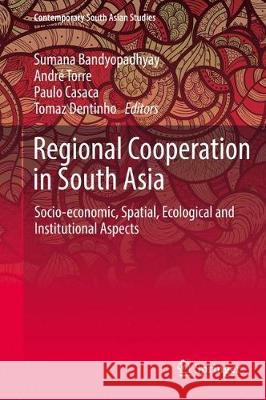Regional Cooperation in South Asia: Socio-Economic, Spatial, Ecological and Institutional Aspects » książka
topmenu
Regional Cooperation in South Asia: Socio-Economic, Spatial, Ecological and Institutional Aspects
ISBN-13: 9783319567464 / Angielski / Twarda / 2017 / 368 str.
Regional Cooperation in South Asia: Socio-Economic, Spatial, Ecological and Institutional Aspects
ISBN-13: 9783319567464 / Angielski / Twarda / 2017 / 368 str.
cena 603,81
(netto: 575,06 VAT: 5%)
Najniższa cena z 30 dni: 578,30
(netto: 575,06 VAT: 5%)
Najniższa cena z 30 dni: 578,30
Termin realizacji zamówienia:
ok. 22 dni roboczych
Dostawa w 2026 r.
ok. 22 dni roboczych
Dostawa w 2026 r.
Darmowa dostawa!
Kategorie:
Kategorie BISAC:
Wydawca:
Springer
Seria wydawnicza:
Język:
Angielski
ISBN-13:
9783319567464
Rok wydania:
2017
Wydanie:
2017
Numer serii:
000804262
Ilość stron:
368
Waga:
0.70 kg
Wymiary:
23.39 x 15.6 x 2.24
Oprawa:
Twarda
Wolumenów:
01
Dodatkowe informacje:
Wydanie ilustrowane











